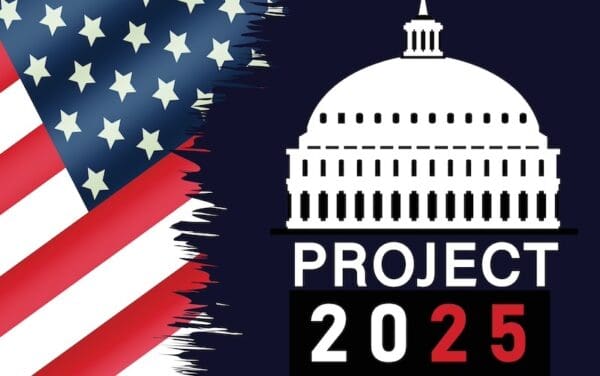
In the absence of federal protections for toxic chemicals in our water, Vermont leaders are stepping up to protect our health and safety. Photo: Crazymedia via Shutterstock
Vermont is taking action to keep toxic “forever chemicals” out of our drinking water. That’s good news because the Environmental Protection Agency (EPA) seems to have forgotten that its mission is to protect public health and the environment.
Both the Agency of Natural Resources and the Vermont General Assembly are moving forward to set standards for five dangerous per- and polyfluoroalkyl substances (PFAS). These standards will require public water systems in Vermont to conduct regular monitoring for these toxics and treat unsafe levels of them in drinking water.
These chemicals have already contaminated water in our state, including more than 400 wells in Bennington County, water supplies near the Southern Vermont Airport in Clarendon, and the drinking water supply for Grafton Elementary school.
While more than 3,000 PFAS chemicals are in use today, regulating these five as a group is a good start in protecting the health of Vermonters.
PFAS Forever Chemicals Are Very Common and Very Dangerous
PFAS are such a problem because they are so common. These dangerous chemicals have been around since the 1950s and today are used widely in industrial processes. They can be found in everyday household products like nonstick cookware, food wrappers, water-repellent clothing, stain-resistant fabrics, cosmetics, firefighting foams, and pesticides.
They are toxic in small quantities and do not degrade in the environment (which is why you will often see them referred to as “forever chemicals”). The severe health problems linked to PFAS include kidney and testicular cancer; impaired liver, pancreatic, and immune system function; thyroid disease; fertility and pregnancy issues; high blood pressure; and growth and learning problems in infants and children.
Action by EPA is Long Overdue – But Don’t Expect It Any Time Soon
The science linking PFAS to these terrible health risks is not new. EPA has known about these hazards for two decades. Chemical manufacturers – powerful companies like DuPont and 3M – have been aware of the risks for far longer, yet have recklessly continued producing PFAS. Meanwhile, EPA has repeatedly failed to take meaningful action to regulate them.
When the health impacts first came to light – as a result of exposure to factory workers and massive contamination of drinking water in West Virginia and Ohio – EPA gave manufacturers almost a decade to voluntarily phase out production and use of two kinds of PFAS – PFOA and PFOS. In 2015, EPA again neglected to act after it learned that millions of Americans are exposed to PFAS-contaminated drinking water every day. Then, in 2018, EPA attempted to suppress a scientific study suggesting that the agency’s current health advisory for PFOA and PFOS does nothing to protect public health.
And just last month, EPA let the public down once again when it unveiled a decidedly underwhelming plan to address PFAS contamination nationwide. Instead of taking the immediate and comprehensive action required to respond to this crisis, EPA’s plan is just more foot dragging. It does not commit EPA to take concrete steps to protect drinking water, add PFAS to Superfund cleanup laws, prevent new PFAS from entering the marketplace, or require reporting and monitoring of PFAS releases into the environment.
EPA did not even commit to tighter regulations for PFOS and PFOA, two PFAS chemicals that have caused widespread contamination of drinking water supplies in the U.S.
We know what needs to be done, but EPA seems incapable of doing it. Thankfully, Vermont is taking action.
State Action Leading the Way
With federal regulators abandoning their responsibility to protect people from these toxic chemicals, CLF is calling on each New England state to fill the leadership void. This past fall, CLF and our partners filed a petition in Vermont to protect communities from PFAS in drinking water. In response, the Agency of Natural Resources agreed to set a drinking water standard for five PFAS chemicals. The agency also committed to evaluate regulatory options to protect Vermonters from the entire PFAS class of chemicals. These commitments are a critical step to safeguard our water from these toxic “forever chemicals.”
The Vermont General Assembly is also taking action. The Senate recently unanimously passed legislation that will create a drinking water standard for five PFAS within the next 12 months and sets deadlines for the Agency of Natural Resources to finalize drinking water and surface water quality standards. It also requires comprehensive testing of public water systems for approximately 40 different kinds of PFAS chemicals.
Now more than ever, states must show real leadership to protect drinking water in light of EPA’s inexcusable failure to act. We appreciate Vermont’s readiness to prove it is up to this important task. CLF has been on the front lines of the fight for clean water for decades and we will continue to hold government accountable for getting these dangerous toxics out of our water.



